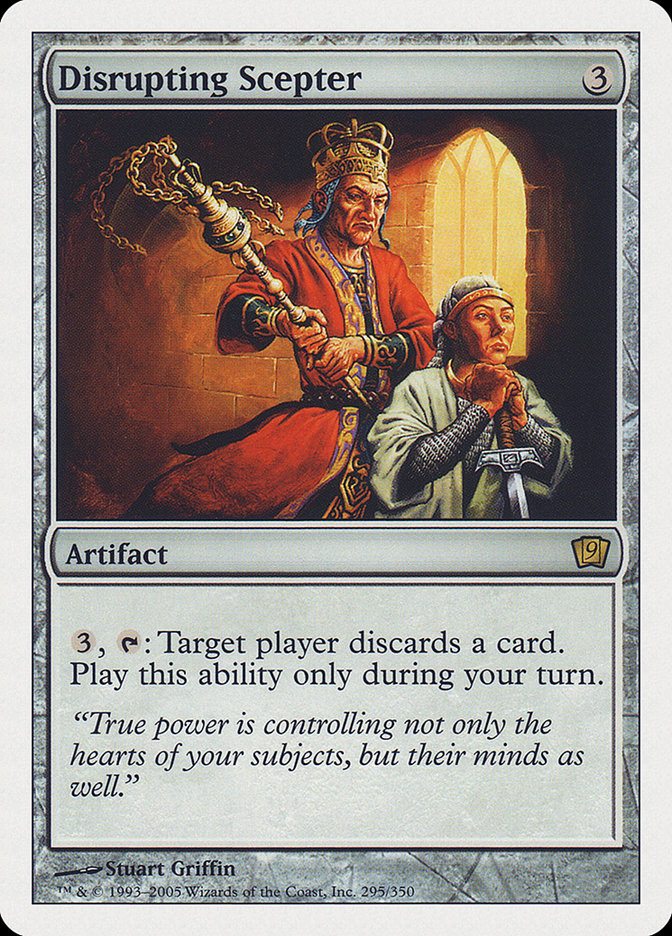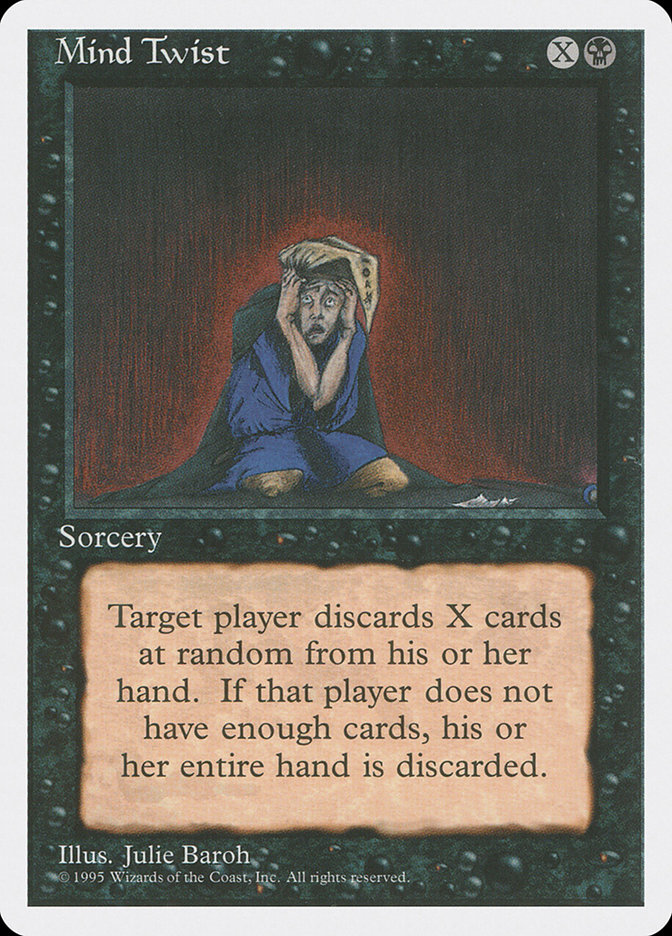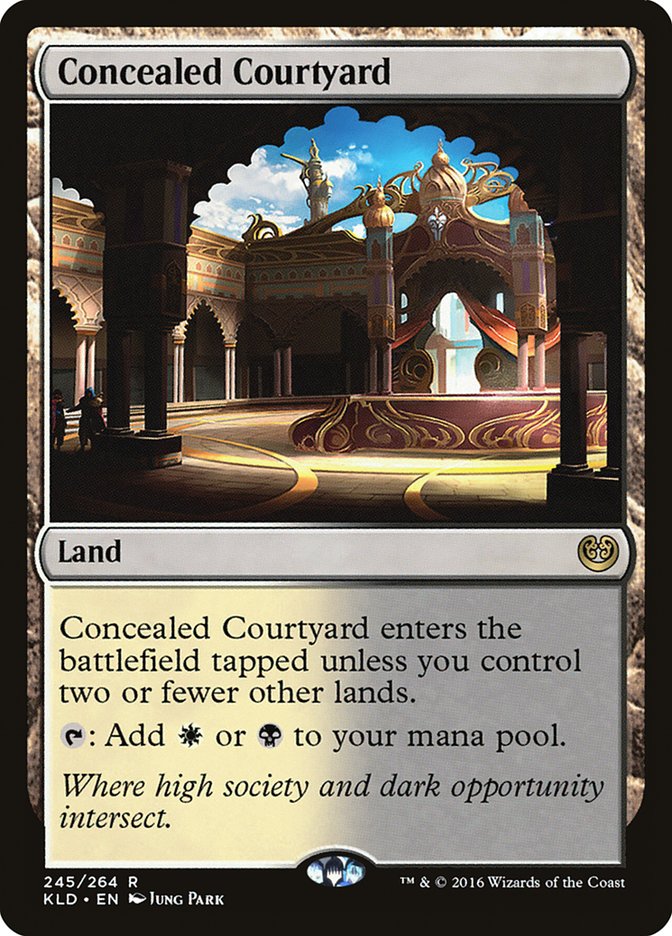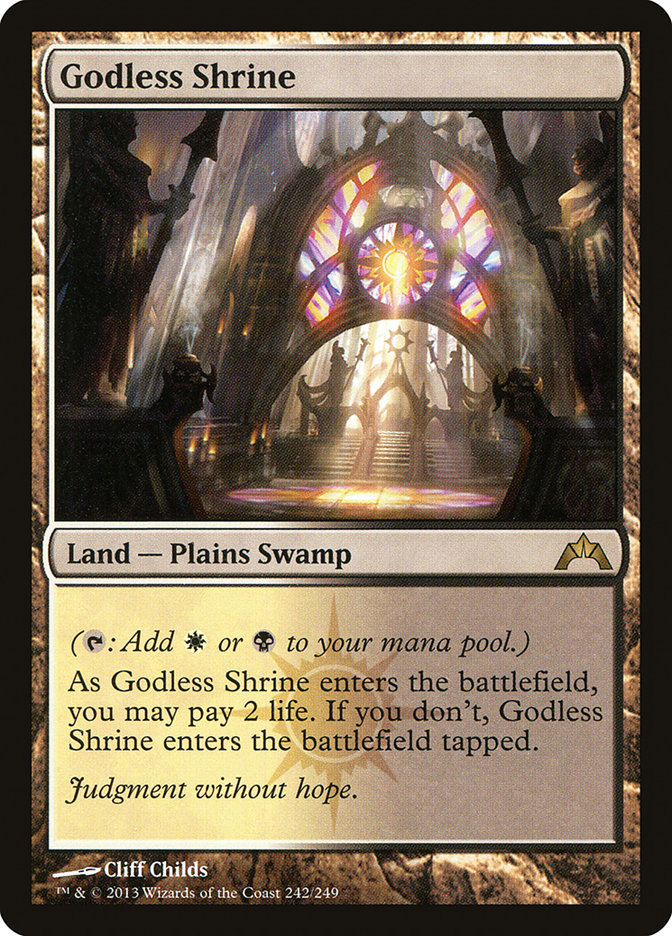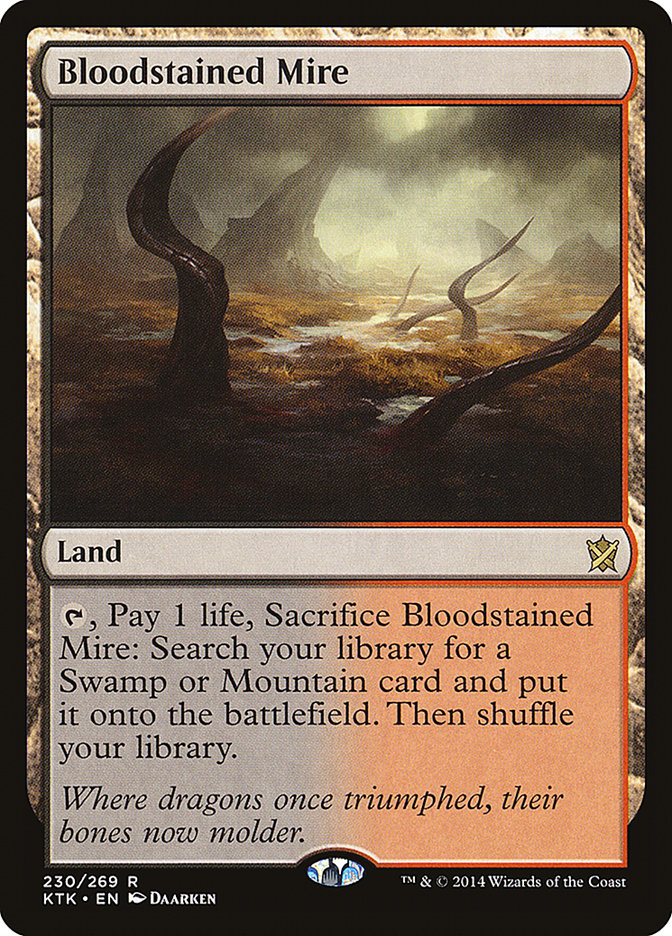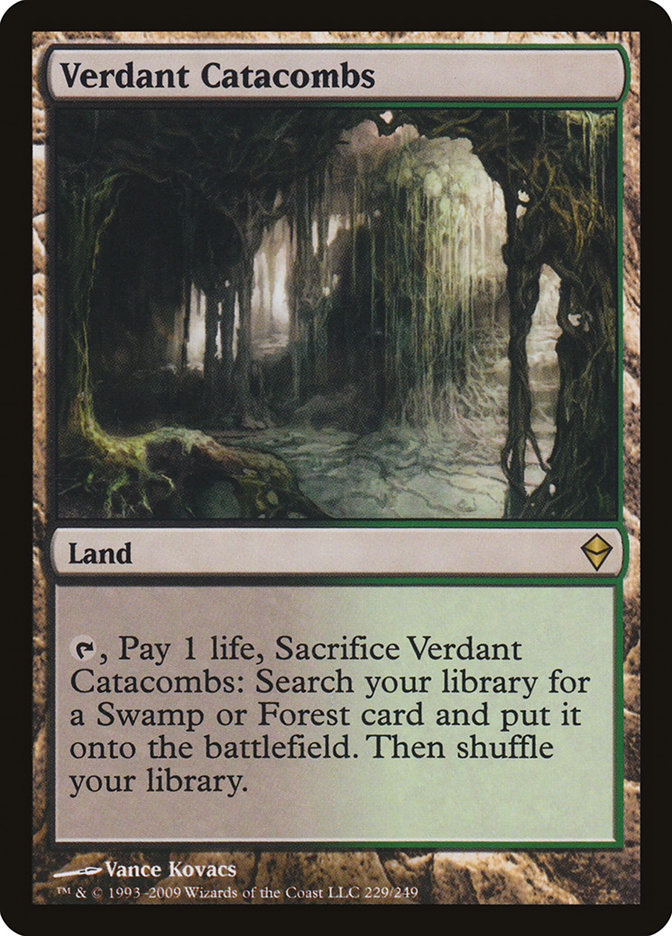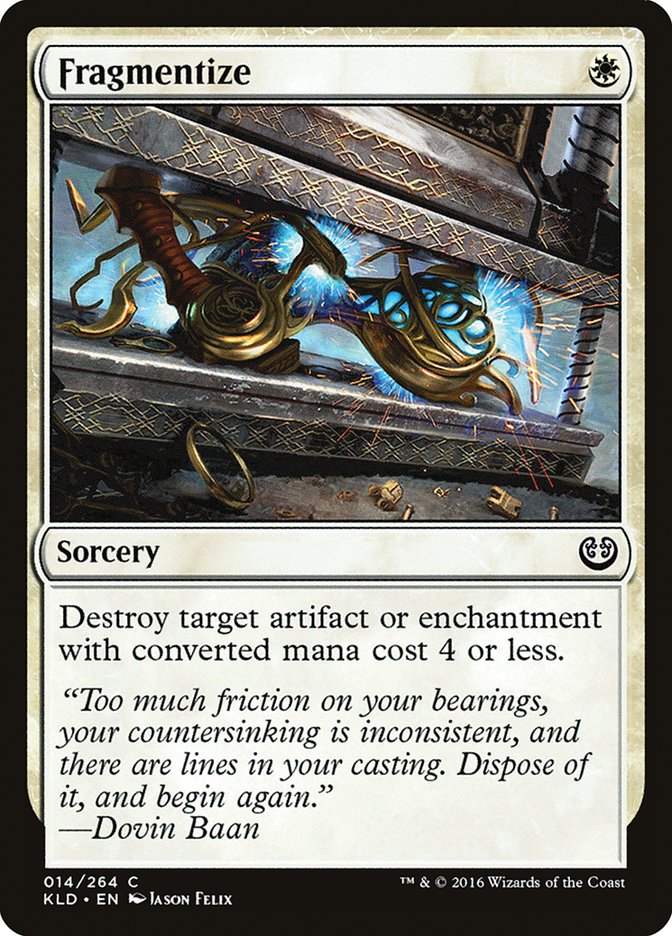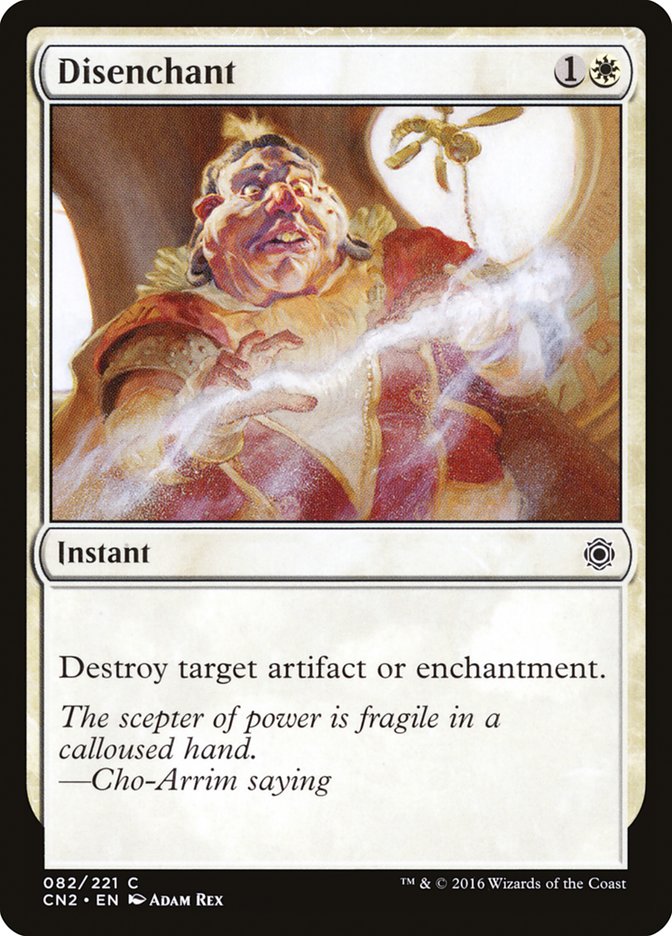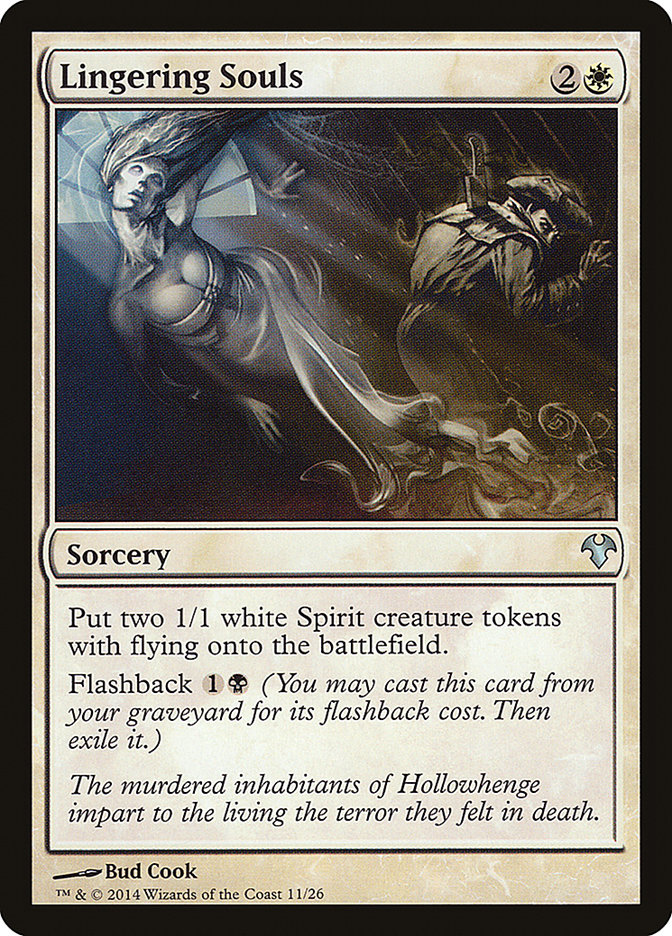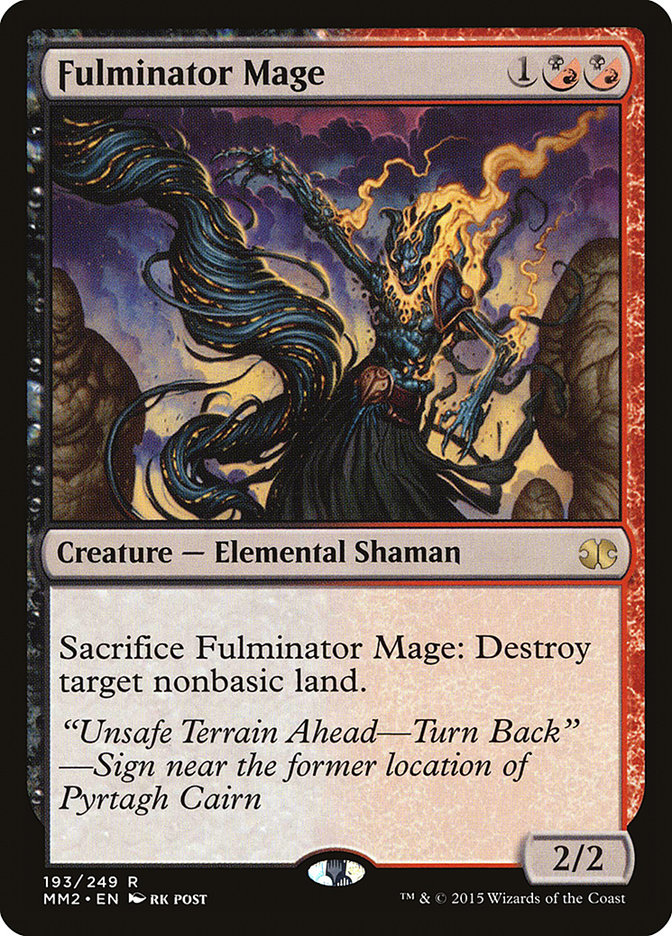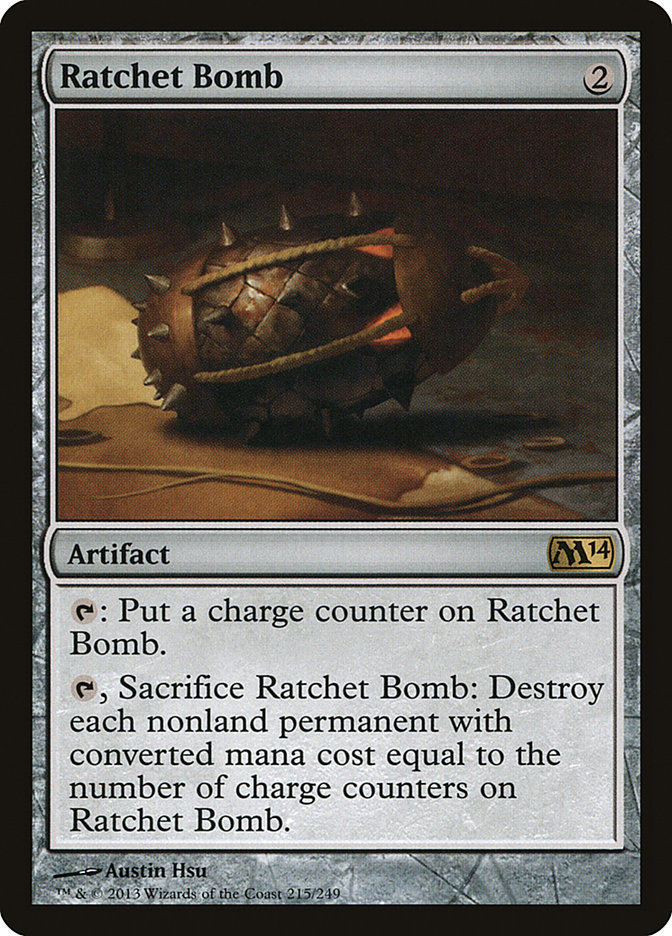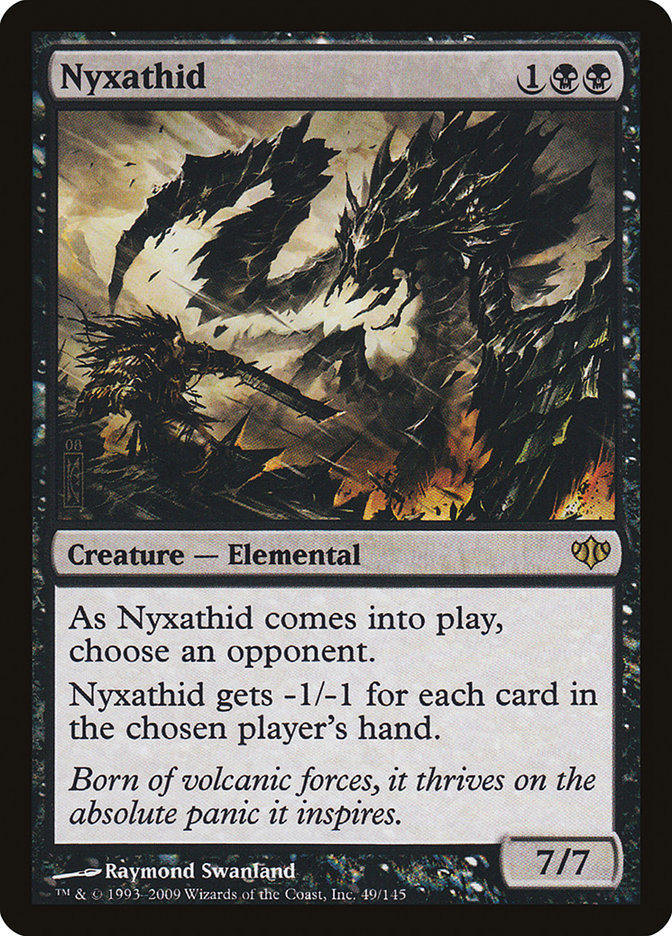8-Rack used to be a niche deck for people that wanted to play a “discard strategy” that’s largely creatureless and wins in a unique way: the “eight Racks,” four copies of The Rack and four Shrieking Affliction.
The strategy is as old as Magic itself. Disrupting Scepter and Mind Twist. Megrim and Bottomless Pit.
It’s not until recently that 8-Rack has seen enough pilots to have good large-scale tournament finishes. It’s not until recently that 8-Rack has had enough eyes on it to tune it into a competitive deck.
I once made a bold statement that 8-Rack is a strictly better Jund. I don’t think that’s true anymore. Death’s Shadow is the strictly better Jund now.
Leading up to Grand Prix Vancouver, I was watching Todd Stevens stream his Eldrazi Tron deck. He went up against an 8-Rack deck with some Godless Shrines and Concealed Courtyards. Todd ended up topdecking really well to take the match. Can’t beat the top of the deck with 8-Rack.
Later that night I was watching Jon Finkel playing Storm against an 8-Rack player and was commenting in chat about the matchup, like, “Choose to draw first!” My lurker shroud was broken with that statement and I soon got a message from a gentleman wanting me to look over his 8-Rack list. He said he went 5-0 in a Magic Online Modern League. I said “sure” and he showed me a list with a soft white splash that looked similar to what Todd Stevens played against. I asked if that was indeed him and he confirmed it was.
I gave a few minor suggestions that I can’t recall at the moment and wished him good luck in GP Vancouver.
Planeswalkers (4)
Lands (24)
Spells (32)

It was quite the surprise to see him playing for Top 8 on camera against Jon Stern in Round 15.
Michael Penner came inches away from making the Top 8 of Grand Prix Vancouver last weekend with his take on 8-Rack. If not for the bright lights, big stage, and missed Shrieking Affliction triggers, he would’ve gotten there.
While I personally prefer Mono-Black 8-Rack, I do respect what the light splash offers.
Concealed Courtyard is mostly “free” and should very rarely matter as a tapped fourth land. A hardcast Leyline of the Void is the extent of the four-drops in this build. If there were either Damnation or Night of Souls’ Betrayal in the sideboard, then the frequency of Concealed Courtyard being your fourth land may be a concern.
One of the big traps with 8-Rack and playing white is the appeal of Flagstones of Trokair and Smallpox. Urborg, Tomb of Yawgmoth enables the play on turn 2. The interaction leaves you up a land when it works, but the cost to consistency is far too much. I’m glad Michael omitted Flagstones of Trokair from his list.
These can be any fetchlands that can get a Swamp. The non-Marsh Flats ones disguise your deck slightly.
Along with grabbing Godless Shrine, they enable revolt from Fatal Push. It’s common to have Urborg, Tomb of Yawgmoth on the battlefield in the mid- to late-game, allowing the fetchlands to tap for black mana and sit around until they’re needed for revolt.
The exact math on how many fetchlands you want isn’t clear. The more you play, the better access you have to white mana, enabling revolt, and drawing spells later in the game due to thinning. Each extra cost life points and thus percentage points against decks pressuring your life total early.
For me and my preference for Mono-Black 8-Rack, I found the pain-free manabase to be a big selling point of the deck. Games against Burn are always close and down to the last topdeck and point of damage.
Then again, fetchlands do play well with Death’s Shadow…
Fragmentize is the main draw of white. The best card against 8-Rack is probably Leyline of Sanctity and Fragmentize is the best card to answer it. It also greatly adds percentage points to any matchup that involves a lot of artifacts or enchantments, like Lantern Control, Affinity, or Hexproof.
Disenchant is a consideration for Chalice of the Void set to one. Chalice of the Void can be beaten if you draw Liliana of the Veil to pitch your one-drop spells. It can also be taken with a turn 1 discard spell. Sneaking in The Rack on turn 1 followed up with a bunch of Wrench Mind and Smallpox could do some work too.
Still, a Chalice can be troublesome and playing one Disenchant is a fine hedge. Instant speed doesn’t hurt either.
Lingering Souls is the number one card that I’ve seen white played for in 8-Rack lists. Works great with Smallpox and Liliana of the Veil. The problem is, if it’s not free value, then Lingering Souls is probably not progressing your gameplan at all. Two 1/1 flyers are pretty meh if that card slot could’ve been a discard spell and now your Racks aren’t triggering.
I like Lingering Souls here, which is in the sideboard and in small numbers. Another win condition is helpful post-sideboard since most decks will be attacking your Racks with artifact and/or enchantment removal. The Spirit tokens are good against Affinity, Infect, and (heavens no!) other 8-Rack decks.
Surgical Extraction is good against graveyard decks like Goryo’s Vengeance. Fulminator Mage is good against Urza lands; creature-lands; Valakut, the Molten Pinnacle; or anything with a multicolor and ambitious manabase. Surgical Extraction and Fulminator Mage together can remove all the copies of an Urza land or Valakut, the Molten Pinnacle from the opponent’s deck.
Tron is one of 8-Rack’s worst matchups and it’s reasonable to jump through a few hoops to try to compete against them. What I dislike about Fulminator Mage is that they could’ve already assembled all three Urza lands and have dropped Karn Liberated before your third turn. Considering that 8-Rack wants to be on the draw, this is an awkward place for Fulminator Mage to be.
As a fan of Mono-Black 8-Rack, this is the version of it I would recommend for tomorrow’s Modern Open in Indianapolis.
Planeswalkers (4)
Lands (24)
Spells (32)

I’m a big fan of Dismember, but we have to consider the rise of Death’s Shadow decks aiming to run you over with huge creatures with small converted mana costs and play a bunch of Fatal Push. The 3/2 split of Fatal Push and Dismember is the most I’m willing to go in the maindeck.
Casting Dismember off Mutavault is vital since there are so few ways to use the mana from Mutavault. The Rack, Liliana of the Veil, and other Mutavault activations are the others. Dismember isn’t the greatest against Death’s Shadow but can certainly get their creatures sometimes. It is the literal greatest against Gurmag Angler or Tasigur, the Golden Fang.
I wanted to try out the rather gimmicky and cheesy plan of blowing up a land and stripping them with Surgical Extraction, so I put two Ghost Quarters in the maindeck and another two in the sideboard. Five colorless lands is the max I’d want to start, so a Mutavault had to get cut.
This build has the ability to sideboard up to 26 lands if it wanted to. I don’t know if you’d ever want that many, but 25 might be a comfortable spot when the Damnation and Night of Souls’ Betrayal come in.
Ratchet Bomb is a universal, albeit slow, way to deal with stuff. In the case of dealing with Chalice of the Void on one or sweeping up zero-cost spells from Affinity, it’s not slow at all. Ratchet Bomb will often be worse than Fragmentize or Disenchant when you have the white mana for Fragmentize or Disenchant. Of course, there comes the cost of some life points and inconsistency. Also, those lost life points and inconsistencies are continuous, whether or not the sideboarded white cards show up.
Death’s Shadow is a good card. This isn’t exactly news, but slowly people are coming to realize that Death’s Shadow is just generically solid.
Once upon a time, people tried to make Tarmogoyf good by finding ways to get different card types in the graveyard, like cycling Edge of Autumn for example. The correct answer to “how to make Tarmogoyf good” was simply to play Magic.
Death’s Shadow is similar to Serra Avenger in that it’s an overpowered cheap card that requires certain game conditions before it’s castable. In the case of Death’s Shadow, your opponent is accelerating your conditions with every attack or burn spell.
Nyxathid used to be the card to bring in against Burn. The Burn decks empty their hand quickly and Nyxathid is bigger than any of their creatures once it comes down. Nyxathid is an intuitive option for a discard deck to play. Death’s Shadow is somewhat unintuitive as a sideboard card but plays the same way against the Burn decks, and better in most cases.
Unless it’s Infect or a combo deck, your opponent will need to race you and your Racks. Death’s Shadow has been very effective for me from the 8-Rack sideboard, so much that I’ve been sideboarding it in when I thought I wouldn’t, like against Affinity or “regular Jund.”
In the future I’ll probably have Death’s Shadow in the sideboard of more Modern decks. It’s pretty close in power level to Collective Brutality against the Burn decks. Having ways to decrease your own life total is just increases the potency of an already incredible card (not a bad thing).
So which version is better? It’s too early to call. Fatal Push and Fragmentize gives a lot of merit to the white splash, both cards that have been printed since the last time I tried B/W 8-Rack myself.
If you go with a B/W 8-Rack build, I’d try to fit Ghost Quarter in the sideboard over Fulminator Mages. Playing Marsh Flats and a Plains in the sideboard so you can hit Blood Moon with Fragmentize is something I’d do if Blood Moon is big in your area.
Hopefully more 8-Rack builds will continue to have success at SCG Indianapolis and we’ll be another step closer finding the optimal build.


